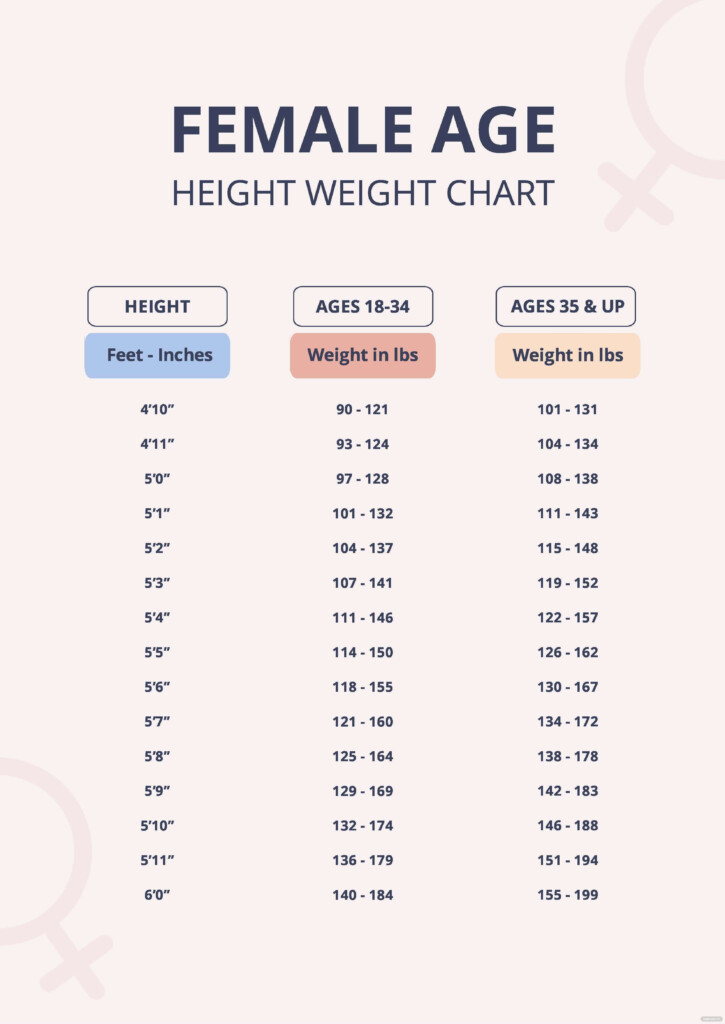For infants and toddlers, growth charts are used to track their weight and height development. These charts are based on percentile curves that show how a child’s measurements compare to other children of the same age and gender. Parents can use these charts to monitor their child’s growth and discuss any concerns with their pediatrician.
Generally, infants double their birth weight by 5 months and triple it by 1 year. Toddlers continue to grow at a steady rate, with most reaching about half of their adult height by their second birthday. It’s important for parents to ensure their child is meeting these milestones to ensure proper growth and development.
Weight And Height Chart According To Age
Children and Adolescents
As children grow older, their growth patterns may vary. The CDC provides growth charts that show the range of normal heights and weights for children and adolescents. These charts can help parents and healthcare providers monitor growth and identify any potential issues.
During puberty, children experience a growth spurt that can significantly impact their height and weight. Girls typically reach their adult height by age 16, while boys may continue to grow until age 18. It’s important for parents to encourage healthy habits, such as a balanced diet and regular exercise, to support proper growth and development.
Adults
Once individuals reach adulthood, their height typically remains constant. However, weight can fluctuate due to factors such as diet, exercise, and overall health. Maintaining a healthy weight is important for overall well-being and can reduce the risk of chronic diseases.
Adults can use BMI (Body Mass Index) charts to determine if they are underweight, normal weight, overweight, or obese. By monitoring weight and height according to age, individuals can make informed decisions about their health and lifestyle choices.
